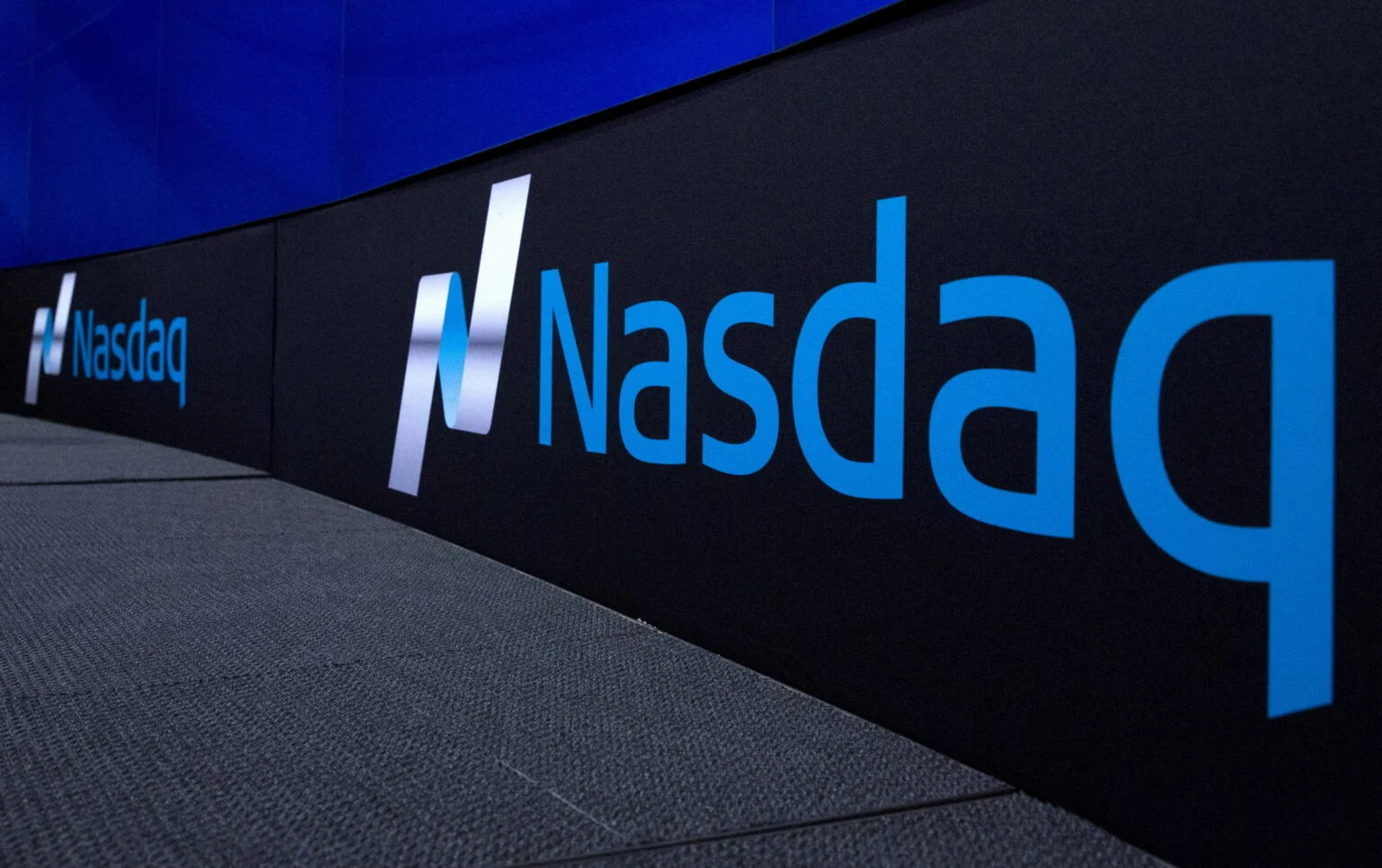If there’s one constant on Wall Street every investor should be aware of, it’s change. History shows that, over time, Wall Street’s biggest companies by market cap are constantly being reshuffled.
In 2000, brand-name businesses like Nokia, Intel, and General Electric were among the top 10 publicly traded companies by market cap. Today, just one of these top-10 companies from 2000 is still among the largest in the world (I’ll get to this company a bit later).
No one has a crystal ball that can, with 100% accuracy, predict the future on Wall Street. But that doesn’t stop investors from making educated guesses about the future, which is what I’m about to do now.

Though technological innovations, mergers, acquisitions, spinoffs, and economic events can be extremely difficult to predict when looking years into the future, I believe the following five stocks will be the largest trillion-dollar companies by 2035 — and artificial intelligence (AI) titan Nvidia, which may be in a mammoth bubble, won’t be one of them!
1. Amazon
By 2035, my expectation is that e-commerce juggernaut Amazon (NASDAQ: AMZN) will comfortably be the largest publicly traded company in the U.S.
The fuel that should help Amazon capture the crown as Wall Street’s top dog by market cap is cloud infrastructure service platform Amazon Web Services (AWS). Enterprise cloud spending is still in its early stages of ramping, yet AWS already has $100 billion in annual run-rate sales and has captured a 31% share of global cloud infrastructure service spend, as of the end of 2023, per Canalys. Cloud-service margins blow online retail sales margins out of the water. As AWS ramps, Amazon’s operating cash flow can grow at a substantially faster pace than its total sales.
Amazon’s subscription services and advertising services segments should hold their own, too. The company surpassed 200 million Prime subscribers three years ago and has since added the exclusive rights to Thursday Night Football and expanded its content library. The exceptional pricing power associated with Prime should meaningfully boost sales and cash flow from this segment.
Meanwhile, Amazon draws in the neighborhood of 2.5 billion people to its site each month, which equates to strong ad-pricing power.
I fully expect Amazon’s cash flow to send its valuation to north of $5 trillion over the next 11 years.
2. Microsoft
Remember the lone stock I alluded to earlier that’s the only remnant from the 10 largest companies by market cap in 2000? It’s software giant Microsoft (NASDAQ: MSFT). I expect this cash cow of a company to retain its place in the top five over the coming decade.
Microsoft’s not-so-subtle secret to success has been its uncanny ability to blend the old with the new. For example, Windows may not be growth segment it was 25 years ago, but it remains the undisputed top global operating system by market share. Microsoft continues to generate boatloads of cash flow from legacy segments like Windows and Office and utilizes this cash to reinvest in higher-growth initiatives and acquisitions.
Nothing has been more important this decade to Microsoft than its cloud-service ties. Azure is the No. 2 cloud infrastructure service platform behind AWS, with constant-currency sales growth pacing around 30% in recent quarters. The enterprise integration of cloud-related services among its multiple suites of products can sustain a double-digit earnings growth rate.
Furthermore, Microsoft is swimming in cash. It closed out March with $80 billion in cash, cash equivalents, and short-term investments, and has generated a jaw-dropping $110 billon in operating cash flow over the trailing-12-month period. Microsoft has more than enough capital coming in to take chances on acquisitions and game-changing innovations.
3. Alphabet
The third-largest trillion-dollar stock by 2035, based on my prognostication, will be Alphabet (NASDAQ: GOOGL)(NASDAQ: GOOG), the parent of internet search engine Google, streaming platform YouTube, and global No. 3 cloud infrastructure service platform Google Cloud.
Time is certainly something that’s going to work in Alphabet’s favor. For the last nine years, Google has accounted for no less than 90% of global monthly internet search share. With Google unlikely to cede its monopoly like share of search, this should allow Alphabet’s ad-driven operations to benefit from lengthy periods of economic expansion. While recessions are a normal and inevitable part of the economic cycle, there hasn’t been one that’s lasted longer than 18 months since the end of World War II.
Like Amazon and Microsoft, cloud infrastructure service platform Google Cloud is going to play a key role in Alphabet’s success. Google Cloud finished up its first profitable year in 2023 and should have no trouble scaling its sales, profits, and operating margin in the years to come as businesses increase their cloud-based information technology spending.
Alphabet also boasts a healthy balance sheet, with nearly $108 billion in cash, cash equivalents, and marketable securities, as of March 31. It can make acquisitions or organically invest in game-changing projects without adversely impacting its bottom line or foundational operating segments.

4. Meta Platforms
The company ranked fourth on my list of trillion-dollar stocks by 2035 is social media colossus Meta Platforms (NASDAQ: META). Meta is the parent company behind the following ultra-popular social sites: Facebook, WhatsApp, Instagram, Facebook Mesenger, and Threads.
Similar to Alphabet, Meta should be one of the prime beneficiaries of sustained periods of economic growth for the U.S. and global economy. Meta generates close to 98% of its revenue from advertising, and businesses tend to be looser with their marketing budgets when the U.S. and global economy are firing on all cylinders. With Meta’s social media “real estate” attracting 3.24 billion daily active users in the March-ended quarter, advertisers understand they’re not going to reach more eyeballs on any other platform.
Meta Platforms can also benefit from its longtail growth opportunity in virtual/augmented reality, the metaverse, and AI. While Meta’s Reality Labs segment is expected to be a money drain for the next couple of years, CEO Mark Zuckerberg has a knack for building up platforms and opening the flood gates for monetization when they’re good and ready (and not before).
To somewhat keep with the theme, Meta Platforms’ balance sheet gives it the luxury of making these investments in its future. Meta closed out March with $58 billion in cash, cash equivalents, and marketable securities, and is pacing $77 billion in net cash generated from its operations on an annual run-rate basis.
5. Visa
The fifth largest trillion-dollar stock by 2035 won’t be Nvidia, which I expect will be the victim of an AI bubble-bursting event, or Apple, whose growth engine has completely stalled over the last two years. Rather, it’ll be the world’s leading payment processor, Visa (NYSE: V).
Just as ad-driven platforms Alphabet and Meta benefit from lengthy periods of economic growth, Visa enjoys the fruits of higher enterprise and consumer spending. Since World War II ended, most economic expansions have endured multiple years, with two periods of growth surpassing the decade mark. Payment processors absolutely thrive during these expansions.
What gives Visa a pathway to become one of the five-largest publicly traded companies by 2035 is its addressable opportunity. In addition to being the clear-cut No. 1 in market share by credit card network purchase volume in the U.S. (the top global market for consumption), Visa has a multidecade runway in numerous emerging markets where consumers and businesses remain largely underbanked (e.g., Africa, the Middle East, and Southeastern Asia). Cross-border volume has consistently grown by double-digits, which speaks to this still untapped international opportunity.
Furthermore, Visa’s management team has avoided the temptation of becoming a lender. Strictly focusing on payment facilitation has allowed Visa to sidestep the credit delinquencies and loan losses that arise during economic downturns and derail lending institutions.






Excellent blog here Also your website loads up very fast What web host are you using Can I get your affiliate link to your host I wish my web site loaded up as quickly as yours lol
https://www.hostinger.in/?REFERRALCODE=1AJEET296